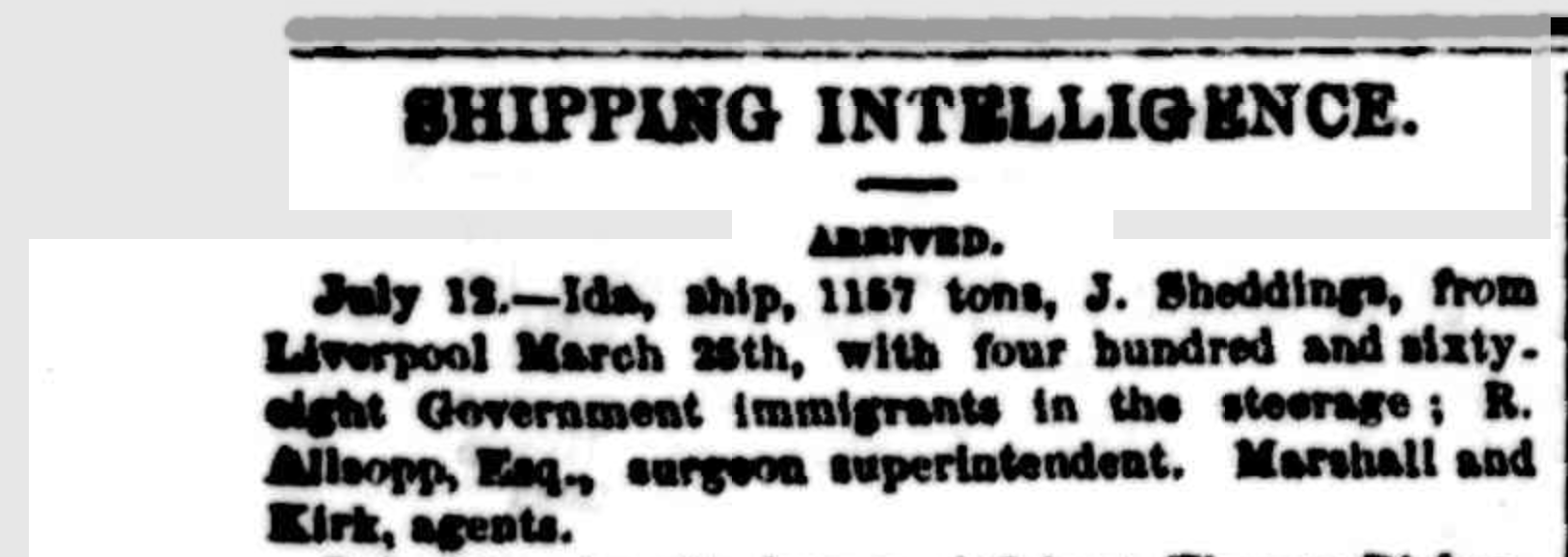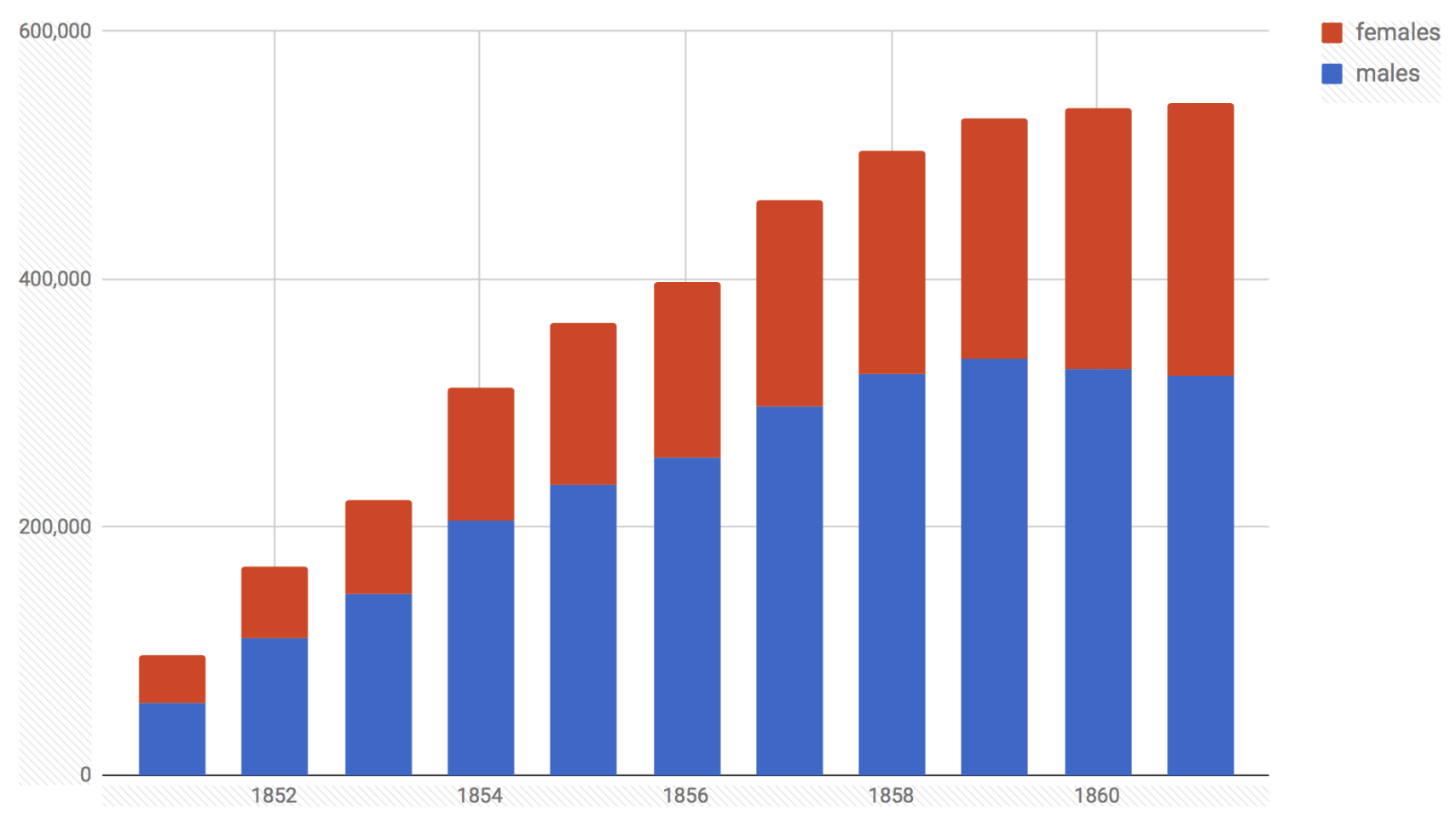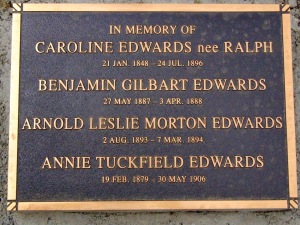My fourth great-grandparents Edward Hughes, a builder (1803 – 1876), and his wife Elizabeth Hughes née Jones (1798 – 1865) were Welsh; Edward was from Newmarket, Flintshire; Elizabeth from Cardiganshire. They were married in Liverpool in 1825. Of their eight children three survived to adulthood.
Their fifth child, Goodman Edward Jones Hughes, born in 1834, died aged thirteen in 1847. The Registrar recorded the cause of death as ‘consumption’. His burial record has ‘Kings’ Evil’. This was scrofula (mycobacterial cervical lymphadenitis), a disfiguring disease of the neck lymph nodes, often caused by the bacterium responsible for pulmonary tuberculosis, consumption.
Goodman Edward Jones Hughes is mentioned in several records:
- Baptismal
Goodman Edward Jones Hughes was born on 15 May and baptised on 8 June 1834 in the Great Cross Hall Street Welsh Baptist Chapel by the Reverend William Griffiths of Holyhead. Goodman was the son of Edward Hughes, joiner, of Drinkwater Gardens, Liverpool, and Elizabeth, formerly Jones, his wife.

- 1841 Census
At the time of the 1841 census Edward, Elizabeth, four children (Samuel, Mary, Henry, and Eliza) and a child Goodman Jones, possibly a nephew of Elizabeth’s, were living at Drinkwater Gardens, Liverpool. Edward was a joiner. There were no live-in servants.
1841 England census Class: HO107; Piece: 559; Book: 26; Civil Parish: Liverpool; County: Lancashire; Enumeration District: 35; Folio: 43; Page: 29; Line: 1; GSU roll: 306941
It is possible that the child Goodman Jones who was aged 7 was in fact Goodman Edward Jones Hughes and the census-taker misunderstood the relationship to his parents. I have not been able to find a child named Goodman Hughes living elsewhere in 1841.
- Death
Goodman Edward Hughes died of consumption (pulmonary tuberculosis) on 8 July 1847 at Marine Terrace St Julian Shrewsbury. He was the son of Edward Hughes builder and his wife Elizabeth. The informant was Annie Jones, present at the death, address Marine Terrace.

I have traced the Jones family of Marine Terrace, St Julian, Shrewsbury, on the 1851 census. Annie Jones married in 1850 to George Wilton. She and George and a newborn daughter were living with Annie’s parents Evan Jones, his wife Mary, Annie’s married sister Mary Hughes, and a niece of Annie’s aged 13, also called Annie Jones. Evan Jones, born in Cardiganshire, was a sadler, aged 66 (born about 1785). He may have been a brother of Elizabeth Hughes née Jones.
Shrewsbury is 60 miles distant from Liverpool. Goodman may have attended a school in Shrewsbury and returned to live at his uncle’s house when he became ill. In 1851 Goodman’s younger brother Henry, then aged 12, was a pupil at the Kingsland Academy in Shrewsbury run by Mr J. Poole.
- Burial
Goodman’s body was brought from Shrewsbury to Liverpool, sixty miles north, for burial.
Goodman was buried on 13 July at the Necropolis (Low Hill Cemetery), Merseyside. His last residence was Shrewsbury. The cause of death on the burial register was King’s Evil.

Scrofula was called the King’s Evil because it was believed to be curable by the touch of the sovereign, through the annointed monarch’s divine power to heal. Conveniently, scrofula often went into remission spontaneously. Some people saw this as proof of the efficacy of the king or queen’s physical contact.
The cause of scrofula was not known until the late 19th century. The illness caused chills, sweats, and fevers. Due to the swelling of the lymph nodes and bones, skin infections and ulcerated sores appeared on the neck, head, and face. The sores grew slowly, sometimes remaining for months or years.

In 1846 Benjamin Phillips, Fellow of the Royal College of Surgeons, presented a paper to the Statistical Society of London on the prevalence and alleged increase of Scrofula. Phillips estimated that “the marks of Scrofula obvious upon simple inspection, among the children of the poor of England and Wales, between the ages of 5 and 16 is, as near as may be, but rather under, 3 ½ per cent.” The latest mortality figures Phillips quoted were from 1831. “In 1831, the population was 1,233,000 the general mortality was 20,910, or 1 in 61; the deaths from consumption were 4,735, or 1 in 258; and the deaths from scrofula 9, or 1 in 135,888 of the population.” Phillips concluded that Scrofula was less present in the present day (the 1840s) than it had been in the 17th and 18th centuries.
Tuberculosis, or consumption, was a leading cause of death in previously healthy adults in Britain in the 1800s. An 1840 study attributed one fifth of deaths in England to consumption. In 1838 the death rate in England and Wales from tuberculosis was around 4,000 deaths per 1 million people; it fell to around 3,000 per million in 1850. The declining death rate at that time before any known cure has been attributed to better food and nutrition.
Scrofula is now treated successfully with antibiotics. Untreated it can develop into pulmonary tuberculosis, with a high risk of death. Perhaps this was the manner in which the disease progressed in Goodman Hughes. He was simply unlucky, unable even to hope that the sovereign’s touch would cure him. Queen Victoria did not attempt to perform the small miracle; the practice had ceased with George I more than a century before.
Related posts
Wikitree:



































